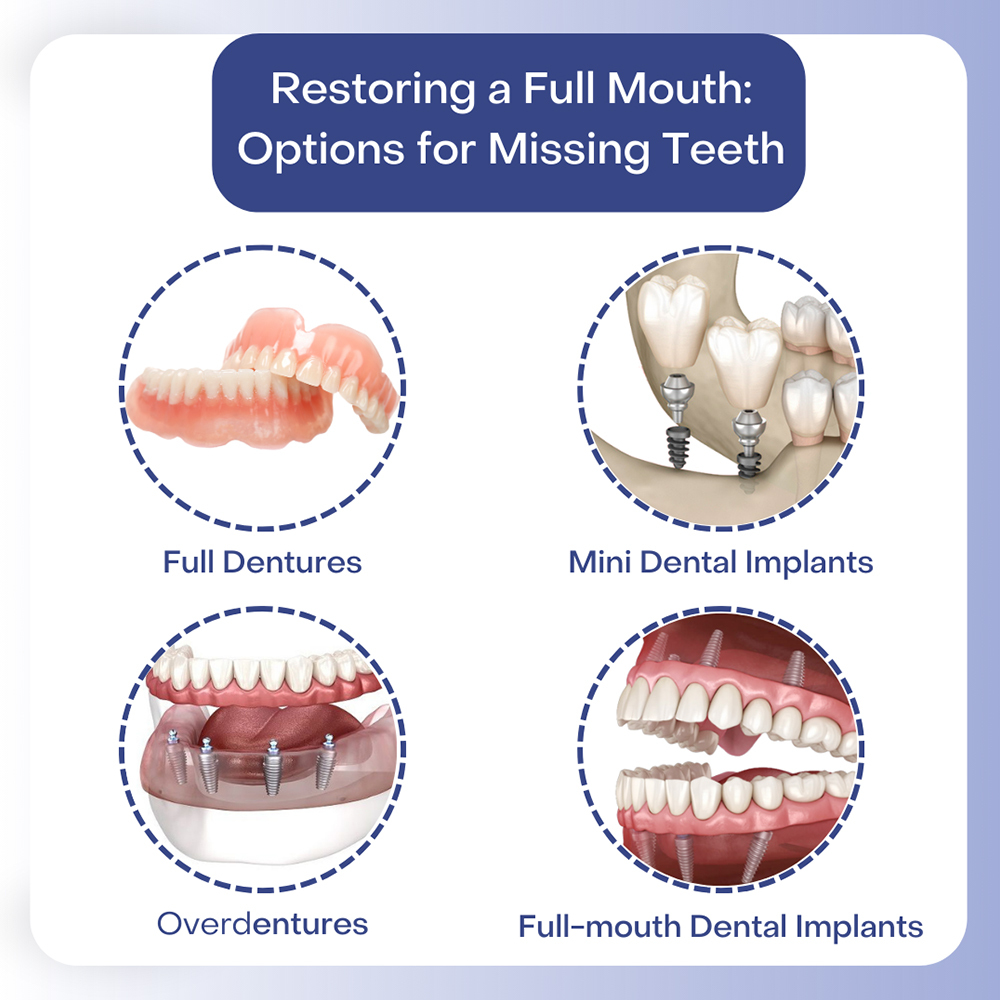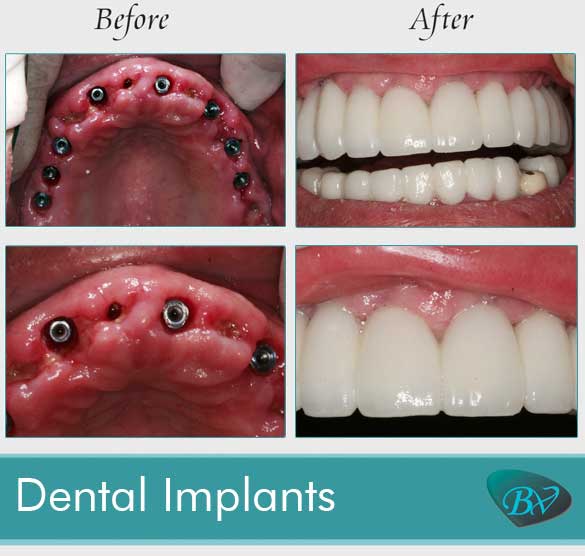6 Easy Facts About Dental Sense Explained
6 Easy Facts About Dental Sense Explained
Blog Article
Some Of Dental Sense
Table of ContentsFacts About Dental Sense UncoveredHow Dental Sense can Save You Time, Stress, and Money.Excitement About Dental SenseAbout Dental Sense
are medical gadgets operatively dental implanted right into the jaw to restore a person's ability to chew or their appearance. They offer support for synthetic (fake) teeth, such as crowns, bridges, or dentures. When a tooth is shed due to injury or disease, a person can experience problems such as rapid bone loss, defective speech, or modifications to chewing patterns that result in pain.Dental dental implant systems include an oral implant body and oral implant joint and might also include an abutment addiction screw. Professional teeth whitening. The dental implant body is surgically placed in the jawbone instead of the tooth's root. The dental implant abutment is generally attached to the implant body by the joint fixation screw and prolongs via periodontals right into the mouth to support the attached artificial teeth
(https://experiment.com/users/dentalsense1)Structure of The Dental Implant System picking dental implants, talk with your oral supplier about the prospective benefits and risks, and whether you are a candidate for the procedure. Points to take into consideration: Your general health is a vital variable in figuring out whether you are a great prospect for oral implants, how much time it will require to heal, and just how long the implant might remain in location.
Cigarette smoking might influence the healing procedure and reduce the long-term success of the dental implant. The recovery process for the implant body may take several months or longer, throughout which time you commonly have a short-term abutment in location of the tooth. the dental implant procedure: Thoroughly follow the dental hygiene guidelines offered to you by your oral company.
Some Known Questions About Dental Sense.
Implant failure can lead to the need for one more procedure to repair or change the dental implant system. Recovers the capacity to chew Restores aesthetic look Aids maintain the jawbone from reducing due to bone loss Maintains the wellness of the bordering bone and gum tissues Aids maintain surrounding (neighboring) teeth steady Enhances lifestyle Damage to bordering all-natural teeth during implant placement Injury to the surrounding cells throughout surgery, such as sinus opening Injury throughout surgery (for instance, crack of bordering jawbone) Poor feature, such as seeming like the teeth do not attack with each other normally A sensation that the tooth is loose or turning in position arising from a joint screw loosening Implant body failure (looseness of the dental implant body) because of systemic infection, which may be more probable in clients with unchecked diabetics issues as a result of local infection in bone and periodontals sustaining the my site implant body as a result of postponed recovery, which may be a lot more likely in individuals that smoke Problem cleaning up the periodontals around the dental implant, leading to poor dental hygiene Neglected gum illness Post-surgical feeling numb because of nerve impingement or damage Constantly alert health and wellness treatment companies and imaging professionals that you have dental implants prior to any kind of magnetic resonance imaging (MRI) or x-ray treatments.
FDA is not aware of any type of damaging occasions reported for MRI or x-ray procedures with oral implants. Dental implants systems are commonly made of materials that comply with global agreement requirements of the International Company for Standardization (ISO) or ASTM International. These standards have details of what makes a safe material.

An oral implant is a structure that replaces a missing tooth. With screw-like gadgets, the specialist inserts a dental implant into the jawbone, and it acts as a support for a man-made tooth, called a crown.
Not known Incorrect Statements About Dental Sense
Some people are not eligible for oral implant surgical treatment. It is for oral cosmetic surgeons to operate people with: intense illnessuncontrollable metabolic diseasebone or soft tissue disease or infectionIf these concerns are fixed, a person can have the surgical procedure. In, oral doctors avoid from running on individuals with: If individuals with any one of the above go through dental implant surgery, there is a greater threat of the dental implant falling short.

Dental implant surgical treatment is a tailored process. It's not the same for every person. However the following provides a general overview of what you can expect your dental expert, oral cosmetic surgeon, periodontist or prosthodontist to do: Position the implant operatively. Give you time to heal. Attach the article and last crown, bridge or denture.
Next, your doctor will thoroughly put the dental implant into your jaw. If your dental implant is near the front of your mouth, your dentist will certainly make a short-lived tooth for you to wear till you heal.
Things about Dental Sense
During the healing phase, your jawbone must fuse to the dental implant. This procedure can take anywhere from three to 9 months.
As soon as your dental implant heals, your dental practitioner can connect the abutment (small port article) and your last reconstruction (crown, bridge or denture). This usually takes concerning one hour to finish and might call for a 2nd small surgical procedure. You shouldn't really feel any kind of pain throughout your oral implant treatment since your copyright will utilize medicine to numb your gum tissues.
Report this page